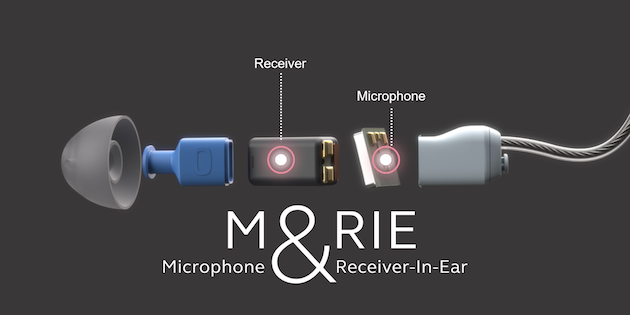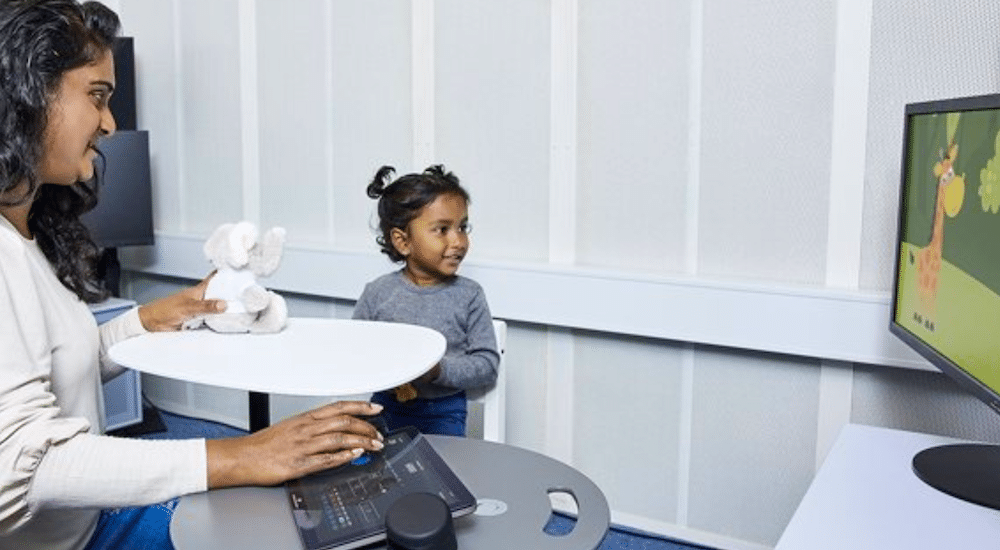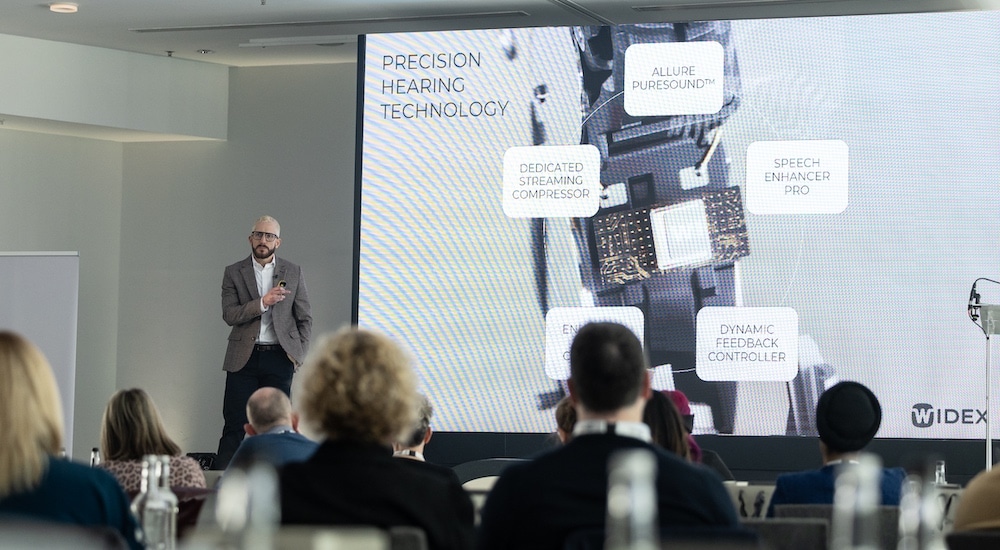GN's ReSound ONE brings hearing technology back to man's natural sound collector, the ear.
hearing aids
Using the human ear anatomy as the point of sound collection for a hearing aid is a method that has eluded efforts in modern hearing aid tech and design, but GN Hearing is claiming a major breakthrough with a device that places both microphone and receiver directly in the ear.

Collecting sound "where nature intended" is the aim of ReSound ONE, a hearing aid with the clearly exciting differentiating factor of offering something that links to "natural" design. This new product places one microphone in the ear. There are two additional standard directional microphones placed around the ear. The technology includes a directionality feature and wireless audio streaming.
GN points out that the most popular styles of hearing aids (Receiver-In-Ear and Behind-The-Ear models) capture sound from microphones that sit behind the ear and approximate the effect of the pinna. "The result is an averaged and incomplete reproduction of sound, making it hard for the brain to achieve its natural localisation and noise-cancelling function," the Denmark-based manufacturer claims.
GN Hearing CEO and President, Gitte Aabo explains, “I am very proud that, once again, GN is first in the industry with ground-breaking innovation that will make a genuine difference in how people experience conversations and sounds around them. Placing a microphone into the ear with an open-fit hearing aid is something the industry has battled for many years to achieve. This technology will allow people with hearing loss to feel that they are literally getting their own hearing back and hearing the way nature intended. ReSound ONE will boost the communication, relationships, and confidence of every individual.”
"ReSound ONE has been ingeniously developed to incorporate new All Access Directionality and the user-activated Ultra Focus settings. These enhanced operating modes significantly improve speech recognition while preserving spatial perception in complex sound and noise situations," says GN.
Source: GN Hearing



